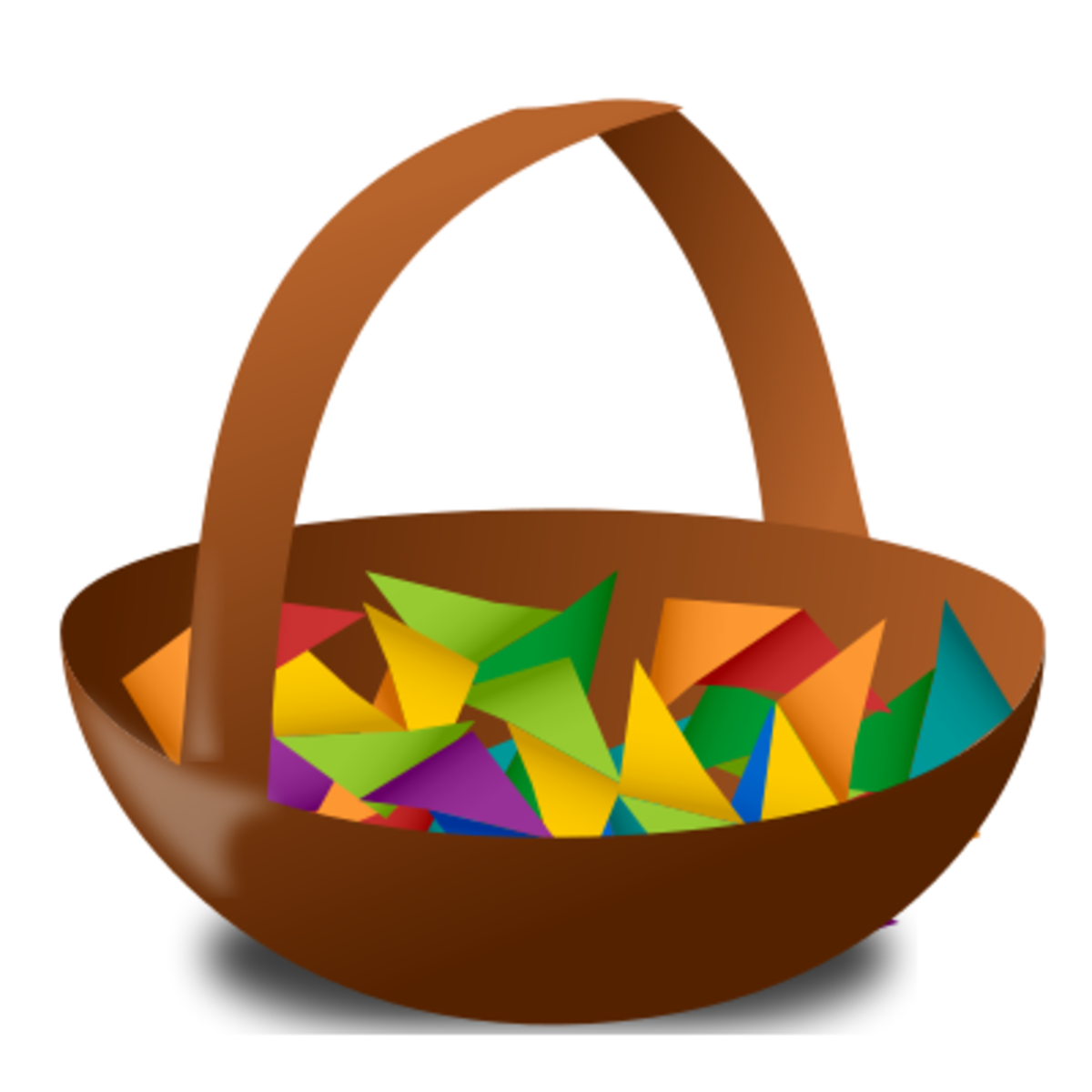Who knew that cuneiform would be so difficult? Well, if you don't have the right tools and the know-how, your clay will end up looking like a bunch of dimples and dents. Wait a minute!! That's what cuneiform looks like anyway, so maybe I'm on the "write" track!
Beyond the actual attempt at using this ancient writing technique, there was a theurapeutic quality to working with the clay. Everyone who was working on writing their monogram--once they got over the fact that they didn't know what they were doing--became quiet and relaxed.
I found a couple of articles about how there is a connection with stress relief and working with art.
Article
Research Paper
Enjoy!
Tuesday, May 31, 2016
Wednesday, May 18, 2016
Perspective Shifts
Perspectives are everything. While reading a passage describing the first civilizations, I cringed every time I read "the first in the world." How does the writer know that an event is a first? Technological and relational developments could have been happening concurrently all over the world-the Earth-and the western world wouldn't have known any different and vice versa.
 |
| Head of a Tribute Bearer from Khorsabad (710-705 BCE) |
What if, when one civilization conquered another, the conquerors destroyed all record of the progress that the conquered people had made? That would leave only the conqueror's records, thus obliterating the history of the conquered. So, when a book says that something is the first or someone was the first to invent something, I suggest you come from the perspective that it may be the first recorded by a people whose records remained intact or the first patent to be successfully approved and PAID for or even the first person to name something that had gone nameless for years. Analyze everything you read and hear with your personal perspective and then utilize a world view--not just a western world view.
Thursday, May 12, 2016
New Beginnings: Breaking the Ice with Facts and Favorites
Have you ever wondered how to "break the ice?" I knew that I would have 13 new faces before me and that I would have to get to know them as they got to know each other. I didn't want the icebreaker to be cliche or boring or overdone, so I mixed a few of my favorites into one successful icebreaker. I learned about the people in the room as they learned little factoids about each other. I also gained insight into who wore every emotion on their face, who didn't really want to be in the room as well as those who wanted to tell more than necessary for the activity. It was great! So, do you want to know how to pull off the best ice breaker ever? Read on...
Give each participant 2 slips of paper. One with "Interesting fact..." and the other with "A favorite..." at the top. Explain that they are to write an interesting fact about themselves that they feel comfortable sharing with the group. For the favorite, they can write any of their favorites whether color, food, restaurant, vacation spot, hat, or whatever. Place the folded slips of paper in a bucket.
Give each participant 2 slips of paper. One with "Interesting fact..." and the other with "A favorite..." at the top. Explain that they are to write an interesting fact about themselves that they feel comfortable sharing with the group. For the favorite, they can write any of their favorites whether color, food, restaurant, vacation spot, hat, or whatever. Place the folded slips of paper in a bucket.
Beginning with you, pull one of the slips and read to the class. Try to guess who the fact or favorite belongs to. After a few guesses, open up the floor for other participants to take a guess or give a hint. Once the person has been revealed, he/she will draw the next fact or favorite, and the ice is broken. Everyone will be engaged because they are trying to either guess who wrote the statement, hide the fact that they are the one being discussed, or wondering if their fact or favorite will be pulled. You will also notice how people will immediately latch on to commonalities. For example, there were three participants who loved purple. Once that was up for discussion, someone else stated, "I like purple, too." When there are commonalities in the group, there is comfort. There is a sense of connection and teamwork is sure to follow!
Let me know how it works out or if you modify in the comments below!
Subscribe to:
Posts (Atom)






